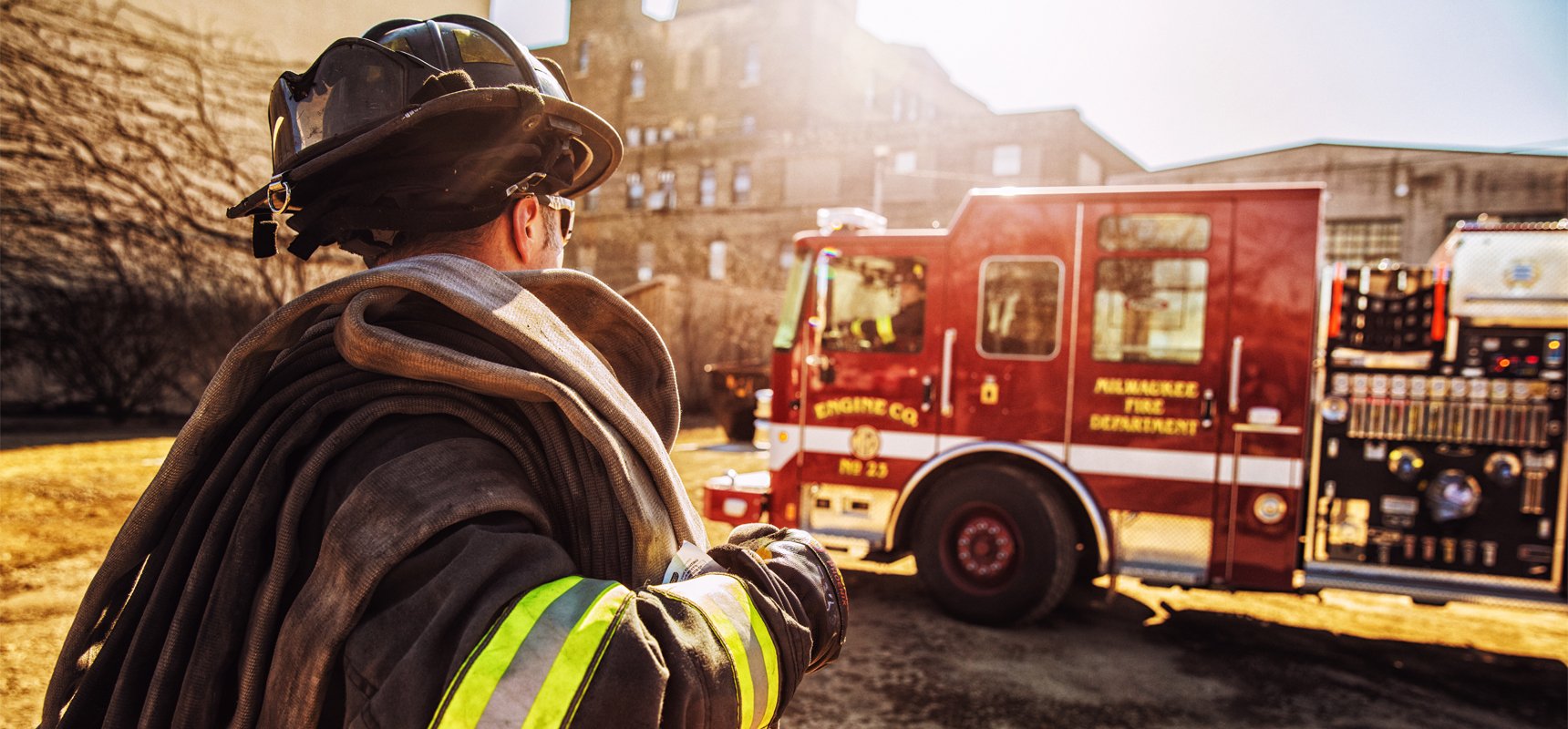 How a fire truck is manufactured is more than just the combination of parts—it is a precisely engineered configuration of strategic components designed to support and accelerate emergency response.
How a fire truck is manufactured is more than just the combination of parts—it is a precisely engineered configuration of strategic components designed to support and accelerate emergency response.
In fact, there are many considerations in the design and engineering process specifically catered to what many in the fire service refer to as ‘the first five minutes.’
What is the First Five Minutes?
The ‘first five minutes’ is a phrase that firefighters often use in training exercises to describe the critical nature of the choices that must be made at the outset of emergency situations.
According to the International Association of Fire Chiefs, “It’s generally accepted in the fire service that the first five minutes of a firefight sets the stage for risk and outcomes. If we do it smart and correct, the risk to firefighters will be low and the outcome will be better.”
Below, a firefighter from Fox Crossing Fire Department in Wisconsin provides an overview of this philosophy and how his station prepares for emergency response.
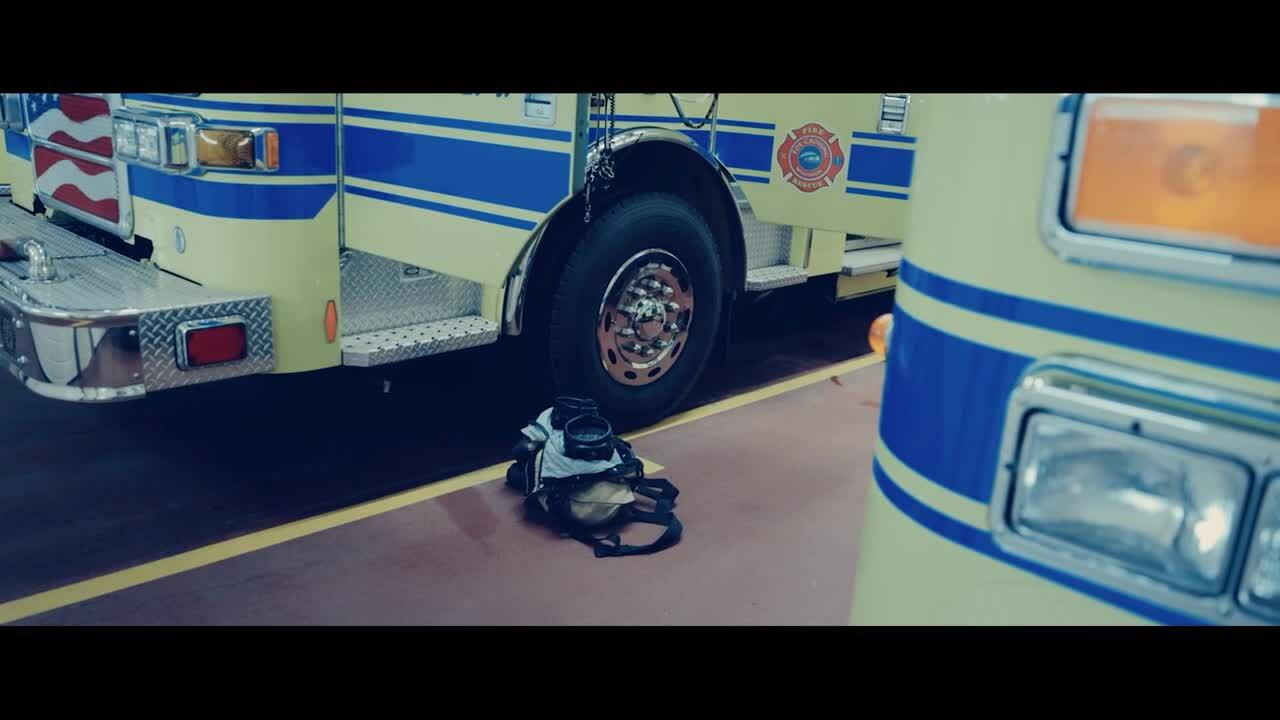
What Role Do Apparatus Play in Emergency Preparedness?
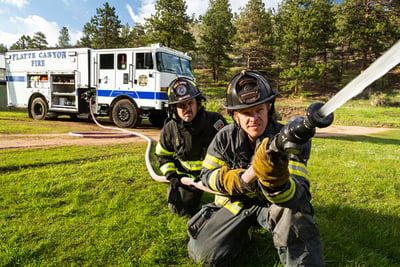 While many aspects of emergency preparedness come down to training, there are some aspects that can be supported with smart and strategic apparatus design and planning.
While many aspects of emergency preparedness come down to training, there are some aspects that can be supported with smart and strategic apparatus design and planning.
If your fire department is looking for additional opportunities to improve speed, function and efficiency on the fire ground, consider these opportunities in fire truck design.
Cab Safety
Cab safety is a significant consideration when it comes to firefighters traveling to and from an incident safely.
Cab safety starts in the design phase as a fire department determines the right type of cab for the mission of the fire truck. The strength of the cab and the included safety features can vary based on preferences from department to department, but some cab safety considerations may include:
- Side and front airbags. Including airbags in the vehicle can help protect firefighters in the event of an accident.
- Clean cab initiatives. CARE clean cab initiatives, like cleanable vinyl surfaces, advanced HVAC systems and removing SCBAs from the cab interior, are used to help minimize contaminants in the cab leaving the occupants in the cleanest possible environment to and from the scene.
- Vehicle ergonomics. How a vehicle is designed can help support proper firefighter ergonomics to reduce stress on firefighters’ bodies as they travel in the vehicle.
- HAAS Alert collision avoidance technology. Designed to help firefighters avoid collisions as they travel to and from the scene, HAAS Alert helps to ensure motorists are alerted to nearby emergency vehicles.
Fire Truck Design Based on Geography, Community Needs and Incident Type
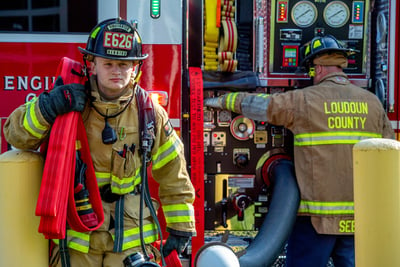 When a fire truck is designed to match a fire department’s geographic terrain, community needs and incident type, it can significantly improve response times and effectiveness.
When a fire truck is designed to match a fire department’s geographic terrain, community needs and incident type, it can significantly improve response times and effectiveness.
The mission of the fire truck should drive the type of fire truck a department chooses. There are many types of fire trucks that are designed to support specific types of communities and applications, for example:
- Pumpers
- Aerials
- Rescues
- Tankers
- Hazardous or specialty vehicles
In addition to the right type of fire truck, the components, tools and equipment on board should be specifically catered to match the types of incidents, or calls, the department responds to regularly.
As a fire department considers ways to improve emergency responsiveness, having the right truck on the scene with the right tools and equipment on board can make a difference when every second counts.
Strategic Compartmentation
How compartment storage is configured on a fire truck can enhance department operations and safety. Designing truck compartments based on how an apparatus is used and positioned during calls can also help improve efficiency and combat readiness.
Emergency response capabilities greatly improve when firefighters are trained on the location of tools and equipment on the truck, and the truck is designed to optimize space and movement from task to task.
Learn more in this blog: Fire Truck Storage: Compartment and Storage Systems FAQ
Fleet Standardization
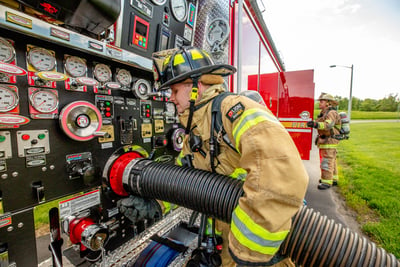 Training is a critical component of emergency response and fire truck fleet standardization can help expedite response capabilities.
Training is a critical component of emergency response and fire truck fleet standardization can help expedite response capabilities.
With a standardized fleet program, fire trucks are manufactured according to a class of specifications that create consistency based on the needs of a fire department.
- Improvements in operations and safety go hand-in-hand when components are set up the same way on all department apparatus.
- Knowing where specific tools are stored and how to operate critical apparatus functions is a tremendous advantage at the scene of an emergency.
- Managing additional equipment, like an aerial device, is more efficient when all trucks in the fleet have the same device.
Learn more about the benefits of standardizing a fire truck fleet now.
Ongoing Fire Truck Service and Maintenance Training Opportunities
The ability to access ongoing fire truck service and maintenance training opportunities can be a great benefit for fire departments.
When a department invests in a fire apparatus, it should demand ongoing training options to ensure that the department staff has the education required to operate and service vehicles appropriately.
Reliable Fire Trucks With 24/7 Service Support
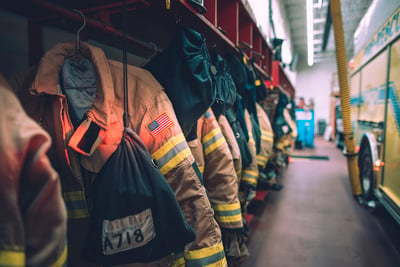 When a call comes in, fire department staff need to know that their trucks are ready to perform. Pierce Manufacturing is proud to offer the most robust dealer network in the industry, dedicated to keeping your fire truck or fleet in service.
When a call comes in, fire department staff need to know that their trucks are ready to perform. Pierce Manufacturing is proud to offer the most robust dealer network in the industry, dedicated to keeping your fire truck or fleet in service.
Across North America, Pierce’s fire apparatus aftermarket support includes:
- 60+ regional service facilities
- 140+ mobile service vehicles
- 115+ master technicians
Pierce and its reliable dealer network provide 24/7 access to a team of technicians offering expertise in chassis, suspension, electrical, aerials, pump, foam systems and more. With a dedicated aftermarket team on your side, the majority of fire truck incidents can be reviewed and completed quickly to help trucks get back into service without disrupting department operations.
Interested in learning more about how Pierce fire trucks are designed to support first responders? Reach out to your local dealer today.